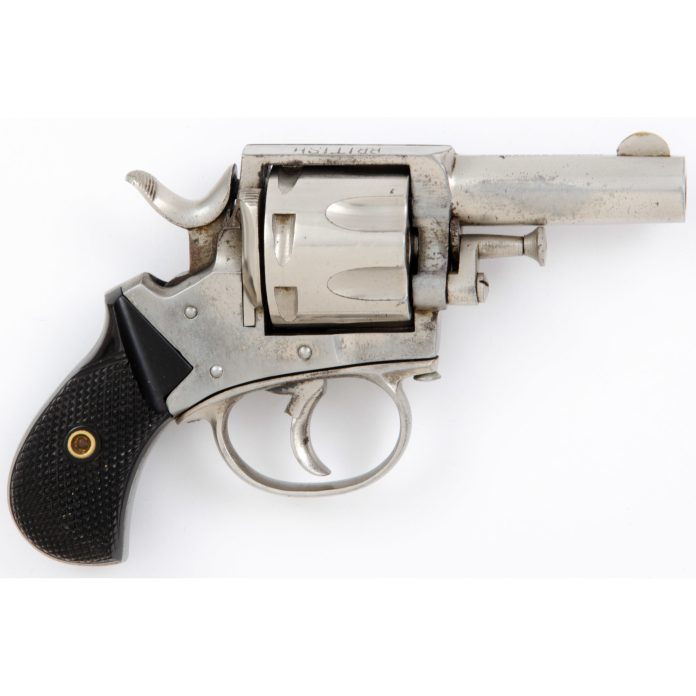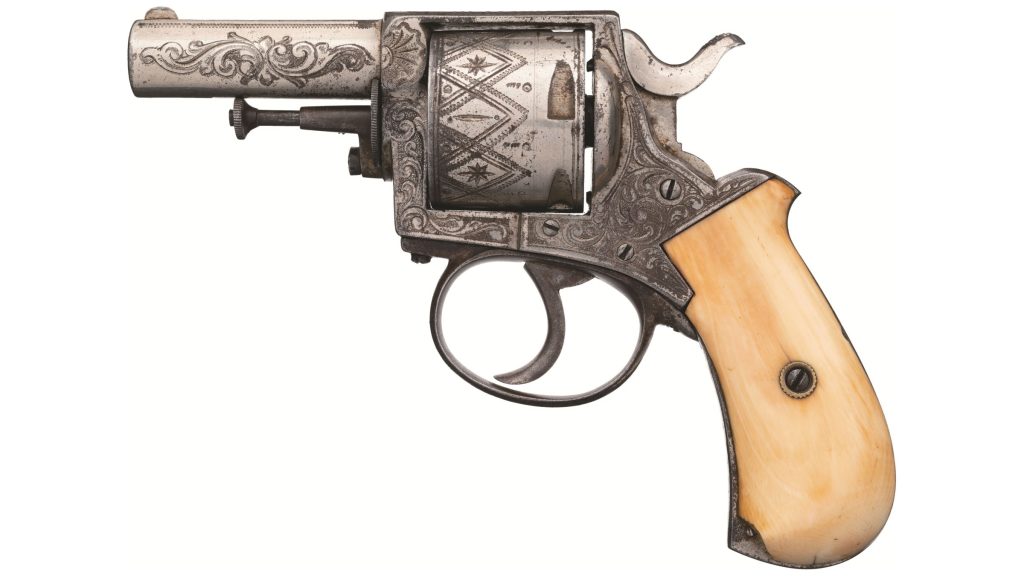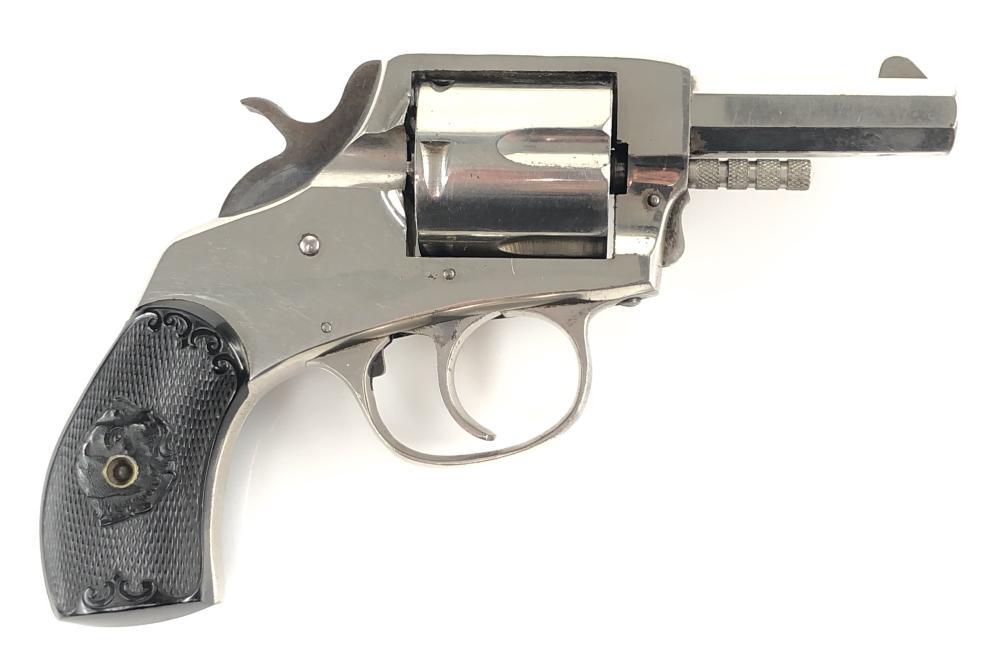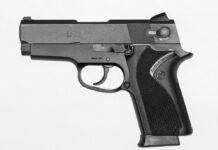
When we start talking about guns and the 1800s, the conversation lands primarily on revolvers. Revolvers from Colt, S&W, Remington, and the like are popularized as the guns of the West. They were most certainly the best guns of this era, but they are nowhere near as common as pop culture would have you believe. These guns might have been carried by gunmen, including lawmen and outlaws, but the average person likely wanted something smaller and more convenient. Guns like the oft-forgotten about British Bulldog.
Guns like the famed Colt Single Action Army were rather large. They had to be carried openly, and that wasn’t always a popular option. If you were a man about the town, you likely weren’t interested in carrying a great big revolver. Especially if you lived in the East. The average person didn’t need a great big hand cannon. Something carried in the pocket made more sense and would still be an option if accosted by ruffians. That’s where guns like the British Bulldog came into play.

The British Bulldog and Concealed Carry
It’s likely the British Bulldog was bought in far greater numbers than the Colt SAA by the average civilian. Leaving military contracts out of the conversation, the Bulldog reigned supreme. There are a lot of factors that lead to the weapon’s popularity. It’s not like the United States didn’t have small revolvers.
S&W had the Model 1, and Colt had the Hosue Gun. These were popular, but they weren’t as popular as the Bulldog for a number of reasons. One of the big reasons is the fact that American small revolvers were often chambered in very small calibers. The S&W Model 1 fired the .22 Short Blackpowder, and the Colt House Revolver fired the .41 Rimfire. Neither was potent.

The British Bulldog revolvers fired cartridges like the .442 Webley, which propelled 200-grain projectiles at 700 feet per second. For comparison, the .41 Rimfire fired a 130-grain projectile at 425 feet per second.
The British Bulldogs were also produced by a number of companies, which more or less flooded the market. They were also quite cheap. So, it’s easy to outsell a specific brand when you are an entire genre of firearms. That seems silly, and it’s why no one really cares about the British Bulldogs. They were fine guns, but they didn’t have the staying power of guns like the Colt SAA.
Inside the Bulldog
What’s neat about the British Bulldog revolvers is that they were fairly modern for the era. In 1872, they offered users a double-action revolver in a very small format. They often feature two to two-and-a-half-inch barrels. Most had swing-out cylinders as well. British Bulldogs proved to be very capable weapons and were easily carried.

While they were called British Bulldogs, everyone got in on the action. The Belgians were already importing a variety of affordable shotguns, and they dipped into the world of revolvers. American companies also copied the design with options from Iver Johnson, Harrington, and Richardson. They took on chamberings like .44 S&W American and the smaller .44 Bulldog.
These guns were everywhere. The most infamous is the gun used by Charles Guiteau to assassinate President Garfield. This particular model was a .442 Webley. There is a story of how he wanted one with Pearl Grips but couldn’t afford the extra dollar it cost.

George Armstrong Custer reportedly carried a pair at the Battle of the Little Bighorn. The Southern Pacific Railroad Company even issued guns to their employees in 1895. The British Bulldog and the revolvers they inspired were an interesting pit stop on the concealed carry road.



